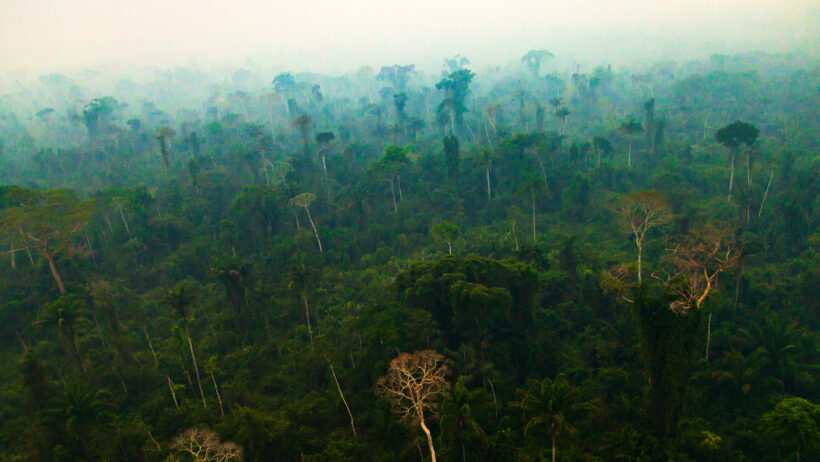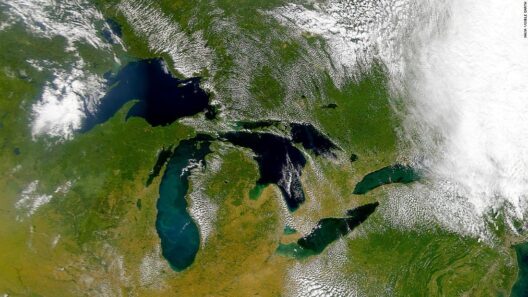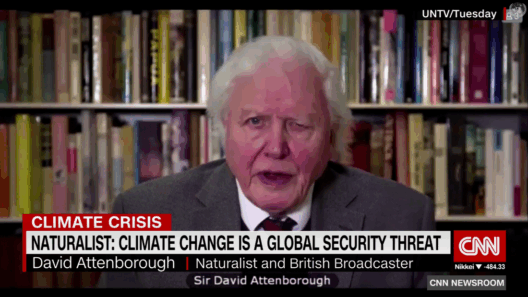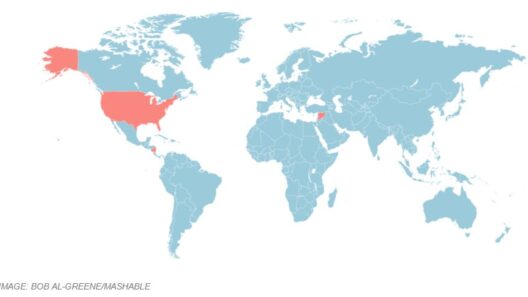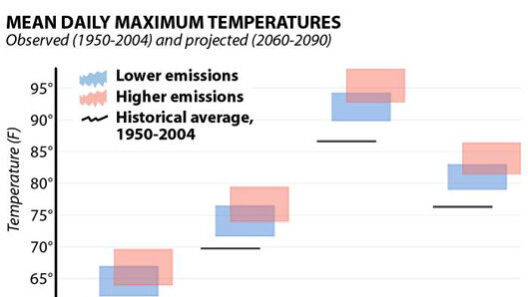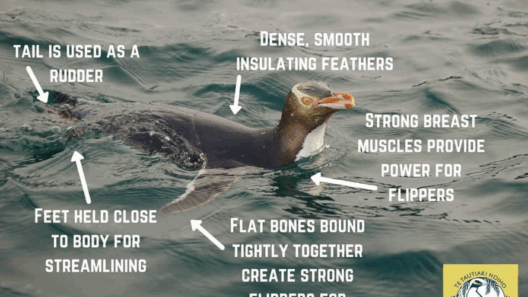Brazil, a country synonymous with vibrant culture and breathtaking natural beauty, is predominantly renowned for its lush rainforests, notably the Amazon. This vast territory, which accounts for over half of the world’s remaining rainforests, plays a pivotal role in regulating global climate patterns. Yet beneath the serene façade of Brazil’s landscapes lies a complex interrelationship between climate change, environmental policy, and economic interests. As we explore the multifaceted climate dynamics of Brazil, one must ponder: Can the Amazon cultivate a sustainable future amid burgeoning challenges, or is it fated to succumb to human encroachment?
The Amazon Rainforest, often referred to as the “lungs of the Earth,” is a dynamic ecosystem that not only harbors an astonishing diversity of flora and fauna but also acts as a remarkable carbon sink. Trees absorb vast amounts of carbon dioxide, counteracting the greenhouse gases that contribute to global warming. However, recent studies have revealed alarming trends; the Amazon is experiencing an unsettling phenomenon: it is drying out. This begs the question: If human activities, such as deforestation and agriculture, continue to infringe upon this critical biome, what ecological ramifications will ensue?
Deforestation, primarily driven by agricultural expansion, illegal logging, and infrastructure development, poses an existential threat to the Amazon’s integrity. In recent years, deforestation rates have surged alarmingly, with estimates suggesting that over 17% of the Amazon has been lost in the past few decades. The cyclical nature of forest degradation and climate change only exacerbates this issue. As trees are felled, not only is carbon storage capacity diminished, but the microclimate that sustains local weather patterns is significantly altered. Rainfall in the region has become increasingly erratic, creating a cascading effect that impacts agricultural resilience, biodiversity, and indigenous communities dependent on the forest for their livelihood.
Equally pressing is the challenge of addressing the socio-political factors that drive deforestation. Brazil’s governance, in its pursuit of economic growth, often prioritizes short-term gains over long-term sustainability. The recent deregulation under consecutive administrations has emboldened agribusiness entities, allowing them to infringe upon protected territories. Simultaneously, indigenous populations find themselves marginalized as their lands are seized for exploitation. This presents a paradox: How can Brazil reconcile economic aspirations with the imperative to conserve its natural heritage?
As society grapples with these profound questions, attention must turn to potential solutions. Brazil’s climate conundrum could potentially unveil remarkable innovations in sustainable practices. The notion of agroforestry presents a compelling answer; by integrating tree cultivation with agricultural practices, farmers can enhance biodiversity while simultaneously reaping economic benefits. This model not only maintains soil health and preserves water resources but also aids in sequestering carbon. It might be time to embrace a paradigm shift towards regenerative agriculture—an approach that could redefine Brazil’s relationship with its natural resources.
Furthermore, global cooperation coupled with domestic advocacy plays a crucial role in steering Brazil towards a sustainable future. International partnerships focused on climate financing can incentivize conservation efforts. For instance, guidelines promoting ecotourism could transform the economic landscape, allowing local communities to benefit financially while fostering environmental stewardship. Yet, the challenge remains: Will Brazil’s policymakers prioritize the long-term advantages of such initiatives over immediate financial pressures?
A pivotal player in this conservation narrative is the role of technology. Advancements in satellite monitoring can facilitate near-real-time tracking of deforestation and illegal land use, empowering environmental agencies with information to enforce regulations effectively. Innovative approaches, such as utilizing blockchain for transparent supply chains in agriculture, can deter unlawful practices and reinforce ethical production. The potential of technology to mitigate climate challenges offers a glimmer of hope, yet its implementation is contingent upon strong governance and accountability.
Yet, while technology and policy modifications present potential solutions, it is crucial to engage the individuals most impacted by climate change—the indigenous tribes that have nurtured the Amazon for centuries. Their traditional ecological knowledge is invaluable and can inform contemporary conservation strategies. By empowering these communities as stewards of their lands, Brazil could champion an inclusive approach that respects both cultural heritage and environmental integrity. However, this necessitates a radical shift in the power dynamics that have historically marginalized these voices.
Ultimately, Brazil’s climatic dilemmas illuminate urgent truths about our interconnected world. The challenges facing the Amazon are not isolated; they reverberate across the globe, reminding us that environmental degradation in one region can have cascading effects elsewhere. Equally, the solutions forged in Brazil may serve as critical templates for other nations grappling with similar environmental quandaries.
As deliberations about Brazil’s climate future unfold, the stakes are remarkably high. The intersectionality of ecological, economic, and social fibers must be acknowledged to forge a sustainable pathway forward. Can Brazil emerge as a global leader in environmental conservation while simultaneously addressing its development needs? The answer rests on the nation’s willingness to confront its past, reimagine its present, and champion a future where the rainforest’s silence is interrupted only by the whispers of thriving trees and the harmonious sounds of a biodiverse ecosystem.



